- Faking it in San Pedro (Courtesy of Tad from Clutch Magazine)
Caban peacoat, indigo x black twill
Saigon Cowboy Fall 2015
In his 1828 study of the island of Sardinia, British naval officer William Henry Smyth mentions local gentlemen farmers sporting the cabbanu, “an article much resembling the pea-jacket of seamen.”
Since most of you already own a copy of S.J. Honnorat’s handy Provençal-French dictionary published in 1846, you have undoubtedly noted that a caban then described a piece of heavy outerwear favored by sheep herders, sailors and fishermen of the Provence region, southeastern France.
With foggy origins dating back to the 15th century, the caban is to the contemporary French Marine Nationale seaman what the peacoat (pilot cloth jacket, P-jacket, pea jacket…) is to his USN seafaring counterpart, a solid foul weather double breasted wool coat typified by an iconic double row of anchor buttons. It is said that the versatile left or right buttoning let the wearer adapt to the wind direction, whether standing starboard or port side.
In the days of early navigators, sailors could pretty much wear what they pleased, and often whipped up their own functional outfits, sewing experts as they were due to the constant sail repair routine. Garments changed hands, were re-cut, adapted, recycled, customized, mended. Work clothes of deck hands were at times waterproofed with a mixture of tar, tallow and turpentine, a technique used on linen canvas spare sails in order to collect precious fresh rain water while at sea.
It can be irrelevantly observed here that, during the Age of Discovery, entering a crowded mess deck filled with sailors clad in their gunk-waxed finest, and more preoccupied by scurvy than ablutions (for centuries a bimonthly soap-less and salt water treat), must have guaranteed quite the exquisite olfactive experience.
The modern peacoat’s immediate ancestor seems to be of the paletot family, itself related to the cropped ‘reefer’ jackets. Short jackets proved practical while working aloft in the rigging. Nautical workwear and seamen jackets through the ages have followed the evolution of the carrying vessels, while adapting to the requisite of life on the Seven Seas. From the ancient knee-length hooded gowns of the 14th century mariners to today’s classic peacoat, a caban can be considered as a compromise between a cumbersome 17th century justaucorps or doublet and a practical workman commoner jacket.
By 1876, the caban pretty much as it is known today becomes standard issue in the French Navy, featuring the familiar double breasted front closure, a set of (10, 8 or 6) anchor buttons, embroidered red anchor patch on collar, 3/4 length, in dense dark navy blue kersey cloth-type wool.
Interestingly, due to budget restrictions and the evolution of military regulations, the beloved caban (équipage, tenue n°41) ceased to be a standard issue in the French Marine Nationale in 2014.
- Justaucorps 17th century fashion
- Early 1800s sailor
- Paletot modele 1858, courtesy Musée National de la Marine
- French Navy six-button caban, 1986
- Yves-Saint-Laurent fashion show, Southern France (1986)
- Poster art by V. Chol (1940)
- Infanterie Marine 1860
- Carte postale (1918)
- French Navy recruit handbook (1947)
- USN sailors (1930s)
- USN sailor (1940s)
- Navy recruit Paul Slater, right (1942)
- Landing Craft Vehicle crew (1969-70) Courtesy www.brownwater-navy.com
- PCF-38 Swift boat, Cai Ngay canal (1970) Department of Navy
Despite the above digression, a degree from Parsons won’t be necessary to notice that the MF® caban borrows its general pattern, not from the six-button French Navy-issued coat that once itched French conscripts’ necks on shore leave, but from the American WWI ten-button USN classic peacoat. We didn’t reinvent the ship’s wheel on this one, and lifted all the bells and whistles off of a vintage specimen from our archives.
Historically, if both French and American navies share common memories of navigating the muddy waters of Vietnam’s Mekong River or Red River (1940’s to 1970’s), it is unlikely that the local climate tempted many Dinassaut crews or their PBR Brown Water Navy successors to sport government-issued wool pea-coats while in country… Period photography testifies that searing heat and humidity called for shirtless outfits more often than full regulation attire, and I have yet to see a photo of a USN peacoat being worn in Vietnam. I might, as often, be wrong.
So, we couldn’t find any excuse for releasing this indigo twill peacoat as part of the Saigon Cowboy Fall 2015 story other than the vain desire to add another P-Jacket under our belt, and share a few historical markers. This jacket won’t work for 1940’s Indochina riverine flotillas reenacting indeed. Nostalgics of the GCMA‘s pirating days on Cù Lao Ré won’t be too impressed either. But, the Mister Freedom ® caban peacoat should do for other activities, such as looking ridiculously handsome at the grocery store.
The lining of our jacket features the fabric we previously introduced and discussed at length with the garrison trousers, the ‘controversial’ bariolage lézard aka French lizard camo. As often the case with linings, it is fully concealed on the inside of the jacket, and left to the discretion of the wearer to be subtly displayed on the removable/flippable chin-strap or not.
The mix of dark indigo blue and jungle green foliage tones of the MF® caban conveys, admittedly with zero historical accuracy, the “Forces Amphibies de la Marine en Indochine (FAIS or FAIN)” twist we wanted to give to this peacoat. This combo also reflects the whole vibe of our Fall 2016 Saigon Cowboy collection.
Below period field photos are courtesy of Mr. Thierry Combot’s family album, Commando Marine Francois, and Musée FUSCO Lorient (courtesy Michel Salinier). They are shared here for historical references only.
- FAIS
- Pierre Combot, Flottille Amphibie Indochine Sud 1948-50 (Courtesy Thierry Combot)
- Flottille Amphibie Indochine Sud 1948-50 (Courtesy Thierry Combot)
- Cdo Jaubert Baie d’Along patrol 1951 (Courtesy M Pivin)
- Cdo Jaubert Baie d’Along 1952 (Courtesy G Piccoz)
- F.A.I.S (Force amphibie Indochine Sud) Avril 1948
- Charles Schmid Mekong Delta FAIS (1948)
- C Schmid FAIS Cambodian border (1948)
The shell fabric we chose is the heaviest twill we have had milled in Japan during our Mister Freedom® x Sugar Cane 10 year-long collaborative saga.
This 16 Oz. indigo wrap x black weft twill will be nothing new to those familiar with the mfsc Midnight P-Jacket released during Fall 2010. If this heavy cotton indigo twill is not for the butter-soft spandex fabric amateur, it is quite the crowd-pleaser as it will develop a desirable patina overtime.
On a side note, the stiffness of a new 100% cotton twill garment should not be considered as a flaw, but perceived as the intrinsic feature of vintage-inspired apparel following certain standards and manufacturing ethics. Mister Freedom® garments are not processed with chemicals or laser machines in order to artificially age their appearance, nor are they sandblasted or stonewashed to ‘soften’ their hand. Unbeknownst to many ill-informed consumers, the garment-distressing industry is an extremely polluting one, and for those who refuse to participate in factory workers’ silicosis and river dumping, there are many brands out there offering non-distressed products.
A garment will soften naturally with normal wear, and what is lost to ‘instant comfort’ will be gained in eco-consciousness. For the diehard seekers of the “comfortable broken-in look”, there’s always vintage clothing.
The MF® Caban Peacoat is ‘designed’ in California by Mister Freedom® and manufactured in Japan by Sugar Cane Co.
SPECS:
PATTERN:
An original MFSC pattern, freely inspired by early 1910’s -1930’s USN and US Coast Guard sailor wool peacoats.
FABRIC:
Shell: Heavy 100% cotton twill, 16 Oz. indigo warp x black weft, white selvedge ID, milled in Japan.
Lining: 100% cotton HBT ‘lizard’ camouflage fabric, milled and printed in Japan.
DETAILS:
* 10 button front closure.
* Early USN type ’13 stars’ anchor buttons.
* Four pocket type, two ‘hand warmer’ slash pockets and two flap closure pockets. All lined with golden brown corduroy.
* Leather arrowhead reinforcement on pocket edges.
* Fabric selvedge conspicuously displayed inside pockets and on back vent.
* Removable chin strap.
* HBT ‘lizard’ camouflage fabric lining.
* Zig-Zag stand collar reinforcement stitching.
* Triple labeling on the inside, a nod to past MF® collections.
* Inside chest pocket and ‘cigarette’ pocket.
* 100% cotton stitching, faded ‘oxidized black’ color.
* Made in Japan.
SIZING/FIT:
Our caban peacoat comes raw/unwashed and will shrink to intended size after the following initial process:
* Fill washing machine tank with cold water, enough to immerse your jacket but mindful not to waste water.
* DO NOT RUN A WASH CYCLE.
* Soak the garment for 30-45 mn, agitating by hand occasionally to guarantee all fabric fibers are thoroughly soaking in water. This step shrinks the garment. Opting to use hot water might increase shrinkage and will also result in more indigo color loss.
* Turn dial to final spin, by-passing all washing cycles, and spin dry the garment.
* The fun part: briefly put-on the garment to ‘mold it’ and shape it to your body. This step will ‘set’ creases in arms and shoulders.
* Hang the garment and let dry overnight. Do not use a machine dryer.
When fully dry, the jacket will be very stiff from the re-activated starch still in the fibers, but that stiffness is temporary and will naturally subside with wear, as you move around.
The fit of the caban is true-to-size after the initial soak/dry process. If you are usually a Medium (38) in mfsc, you are a Medium (38) in the indigo caban peacoat.
Please refer to sizing chart for measurements. Please note our measurements reflect a 30mn cold soak/spin dry/line dry process, resulting in minimal shrinkage.
- Caban Peacoat Size 38, post cold soak/hang dry
CARE:
DO NOT MACHINE WASH.
This garment is too heavy and voluminous for a regular home washer, even one boasting “Heavy Duty”. A machine wash cycle will either ruin the jacket, the machine, or both.
Unless engaging in activities such as oil field extraction or industrial commercial fishing your coat should not need extensive cleaning. Professional eco-friendly dry-cleaning is recommended should heavy soiling occur. Spot cleaning with a wet rag is an option for minor stain.
Additionally, the initial soaking process can be repeated, with a minimal dose of eco-friendly detergent added to the bath to hand wash the garment.
Again… DO NOT MACHINE WASH.
Note that the indigo twill of the caban will initially ‘bleed’ for a period of time and color transfer will temporarily stain light-colored garments and furniture.
Available RAW/unwashed
SIZES:
X-Small (34)
Small (36)
Medium (38)
Large (40)
X-Large (42)
XX-Large (44)
Retail $ 899.95
Available from www.misterfreedom.com, fine retailers around the World, and our outstanding Los Angeles brick & mortar store.
Email sales@misterfreedom.com or call 323-653-2014 with any questions unanswered above.
Thank you for your support.
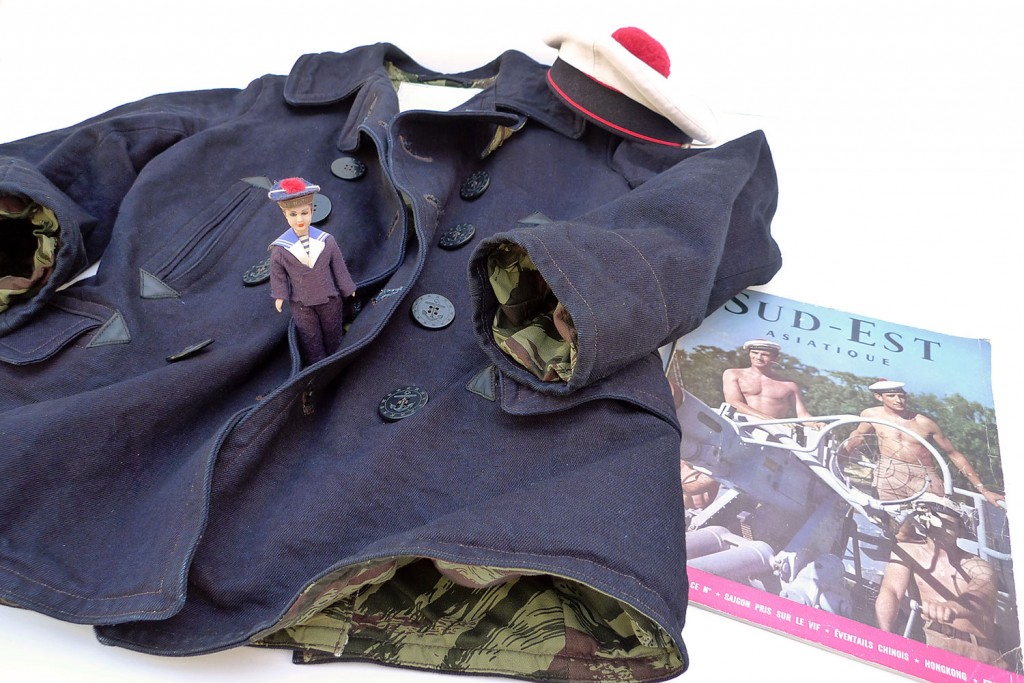
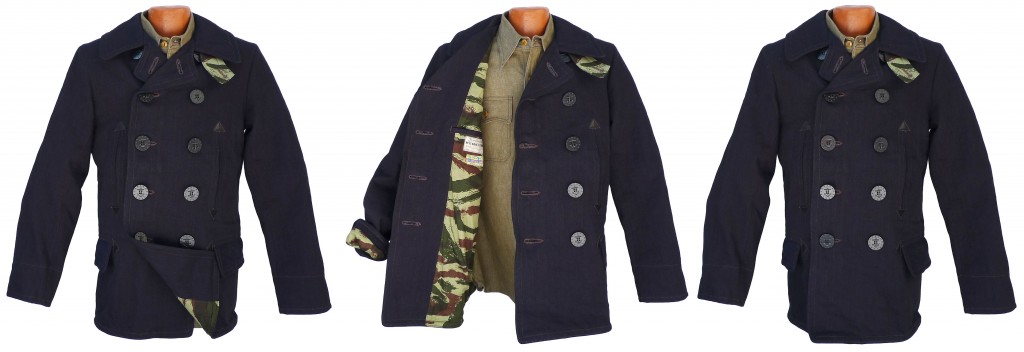
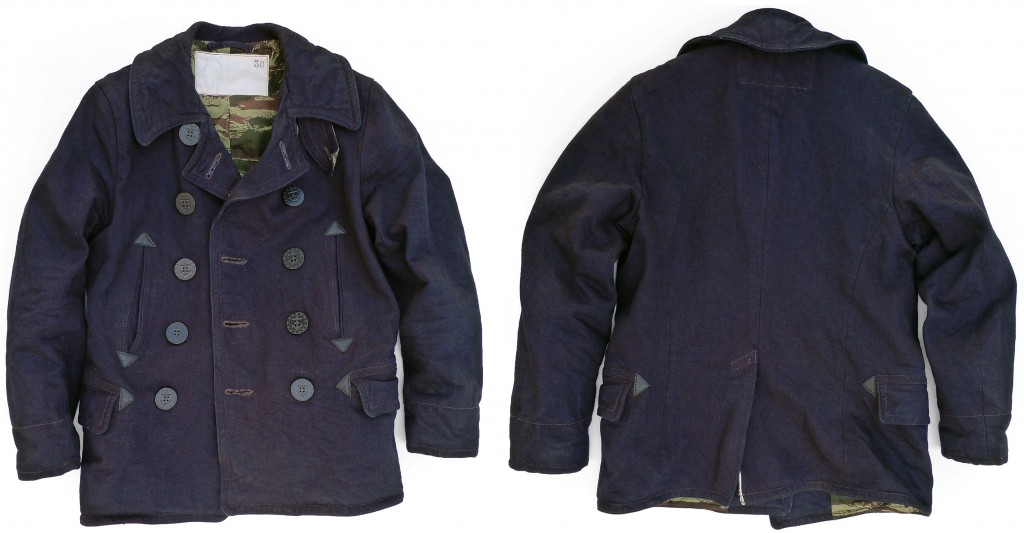
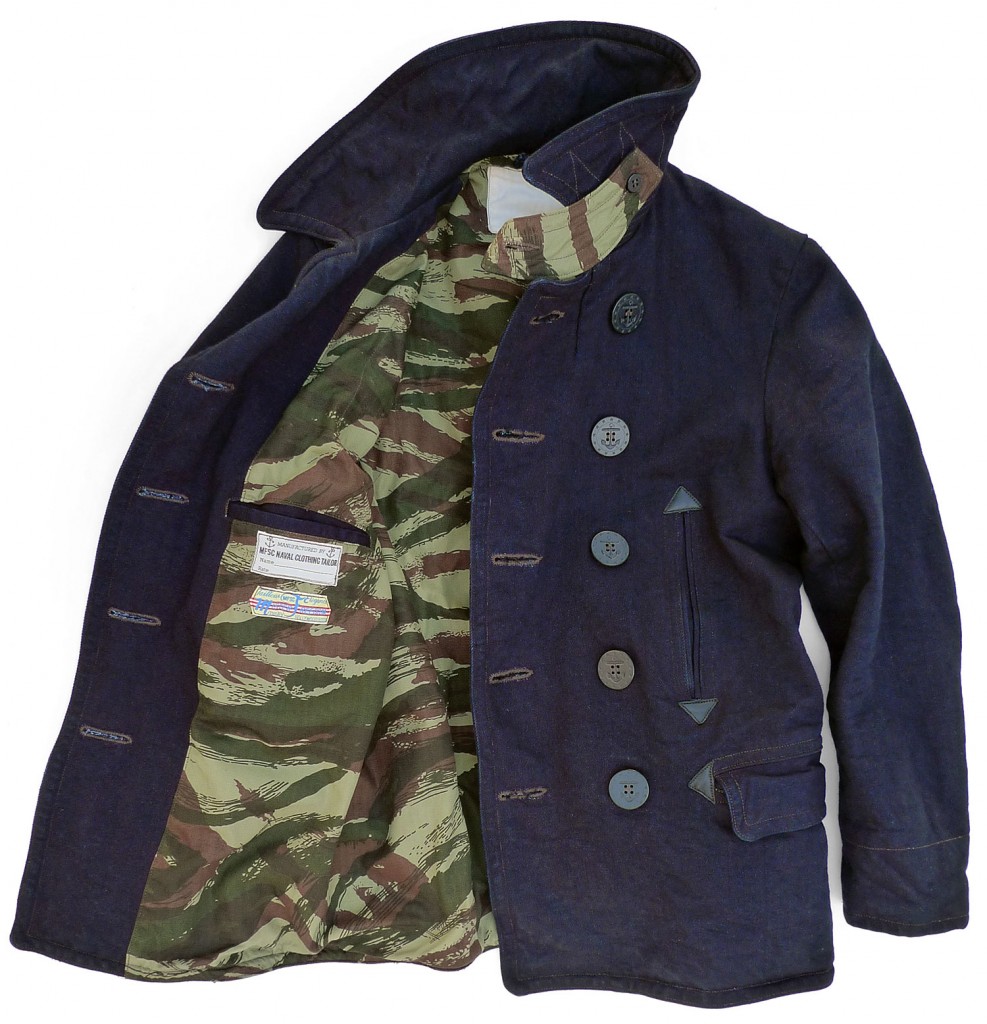
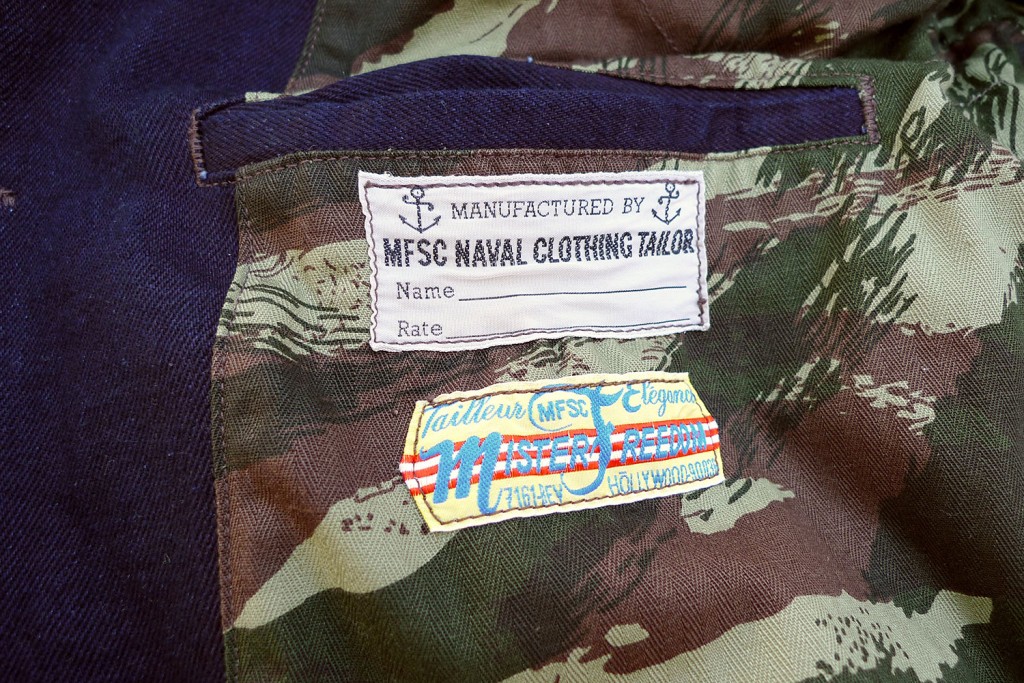
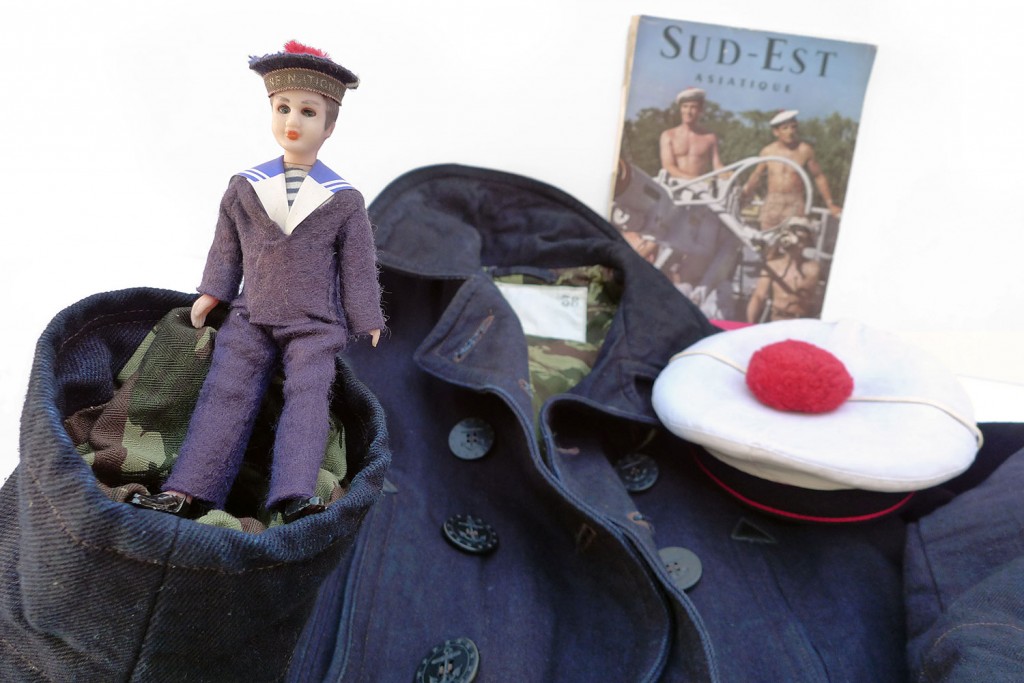
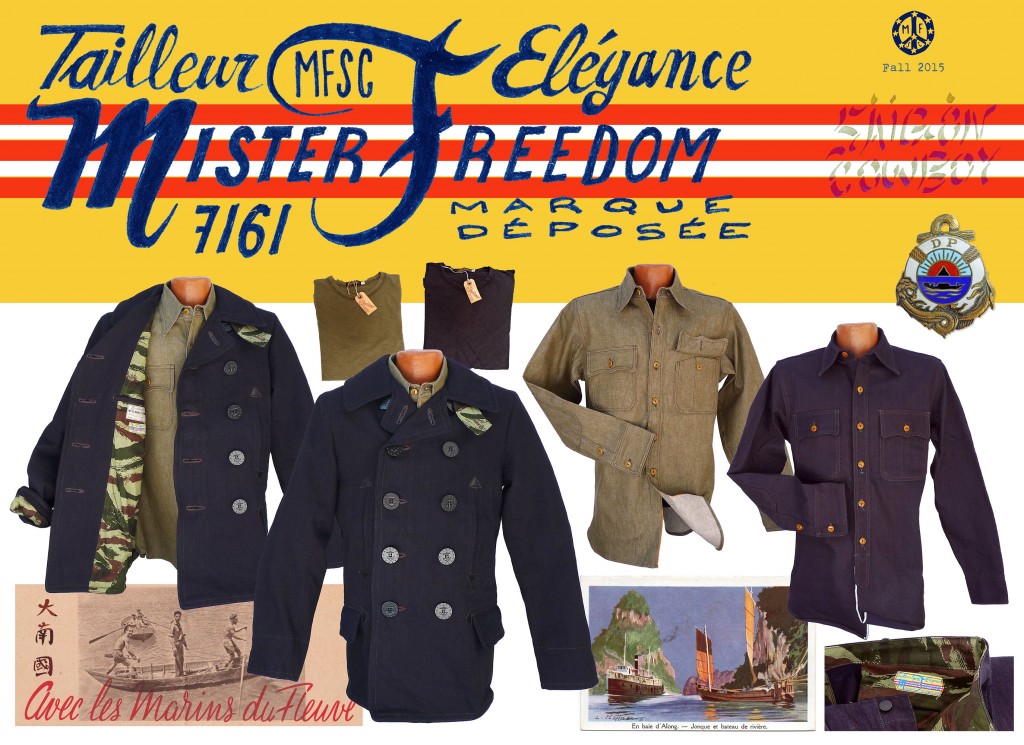
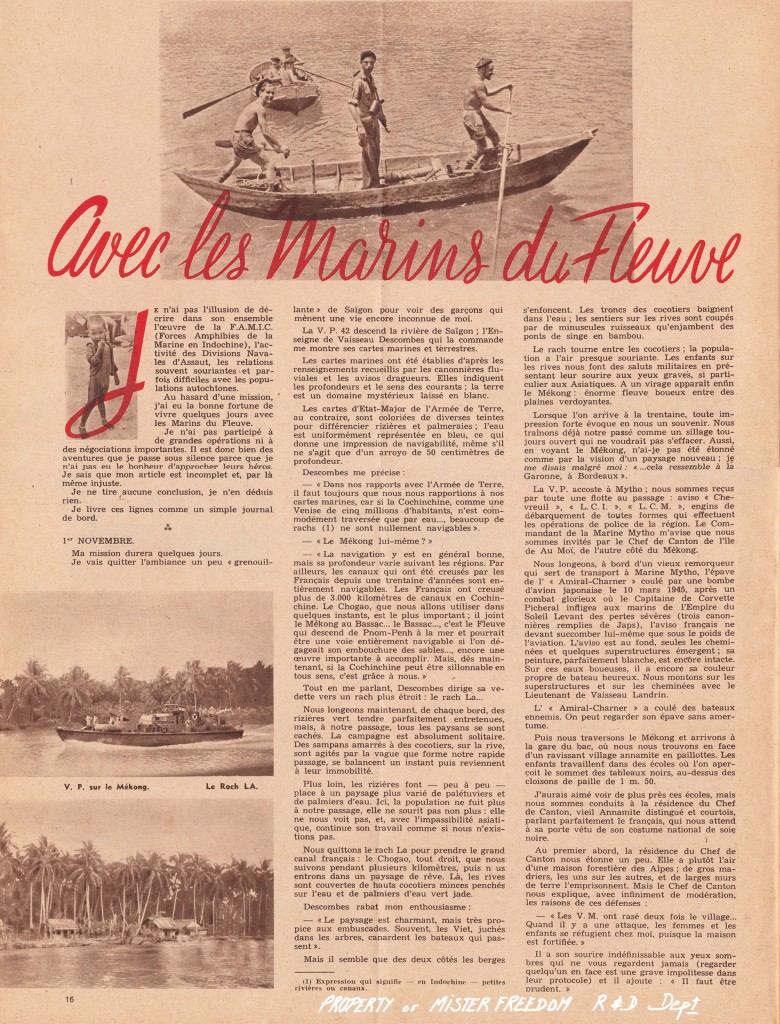
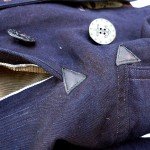
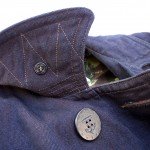
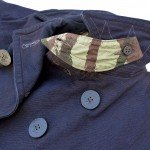
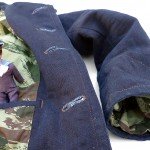
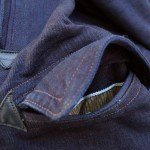
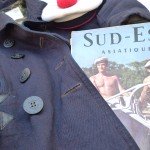
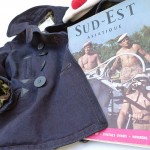

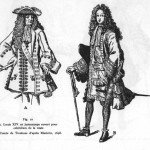
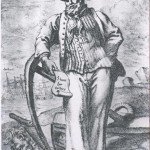
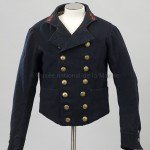

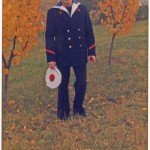
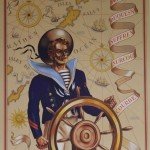
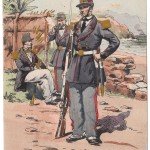
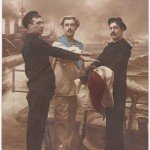
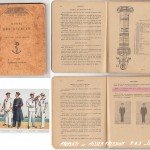
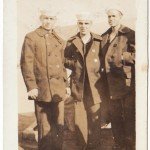

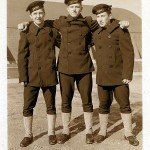
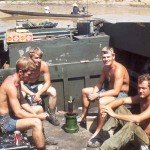

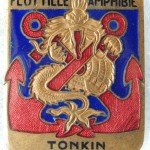
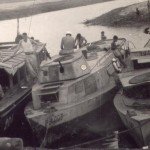
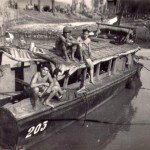
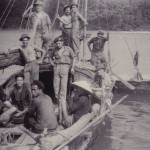
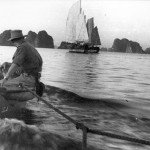
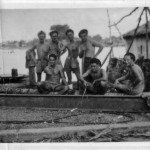
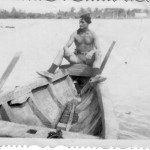
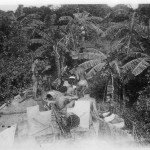
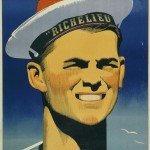

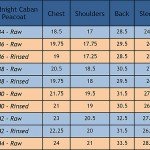
[…] twill (indigo warp x black weft), 10 Oz. indigo/white cotton pincheck lining. * Fall 2015: MF® Caban Peacoat, indigo warp x black weft twill shell, HBT French Lizard camo lining. * Fall 2016: MF® Waterfront […]
[…] and our version of the traditional camouflage lézard introduced with the Garrison Trousers and Caban Peacoat on the […]
[…] the recent release of the Mister Freedom® Caban Peacoat, and exploring further down the meanders of our Saigon Cowboy arroyos, here is a new number, the […]